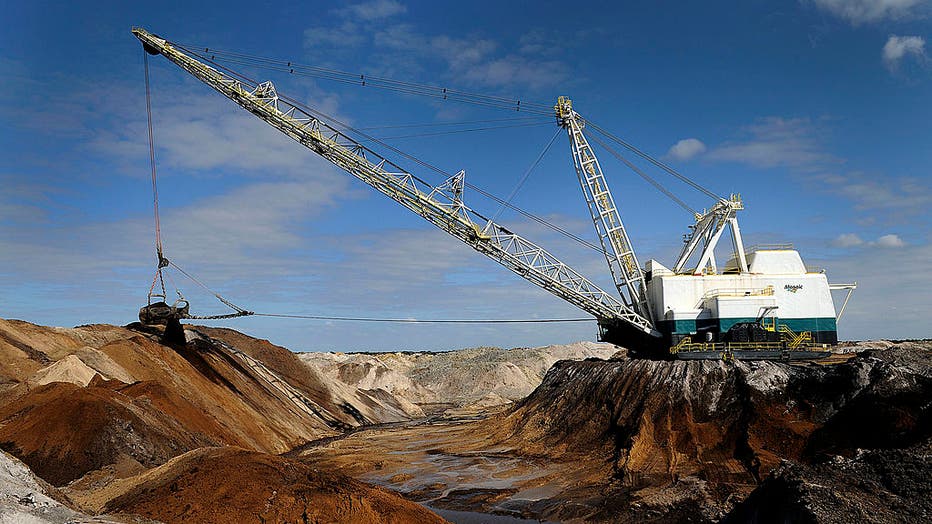Hurricane Milton threatens to scatter Florida’s toxic phosphate waste
Hurricane Milton makes landfall near Siesta Key, FL
Hurricane Milton made landfall as a Category 3 hurricane in Siesta Key in southwestern Florida Wednesday night with maximum sustained winds of 120 mph.
As Hurricane Milton makes its way across Florida, the state faces not only powerful winds and heavy rainfall but also the threat of hazardous waste from its phosphate fertilizer industry. With winds reaching 120 mph and flooding rains, environmentalists warn that Florida’s phosphogypsum waste stacks—some containing slightly radioactive materials—are at serious risk of leaking into vulnerable waterways.
"Placing vulnerable sites so close on major waterways that are at risk of damage from storms is a recipe for disaster," Ragan Whitlock, a staff attorney at the environmental group Center for Biological Diversity recently told the Associated Press. "These are ticking time bombs."
What is phosphogypsum and why is it dangerous?
Phosphogypsum is a byproduct of phosphate fertilizer production and contains radium, which decays into radon gas. Both of these elements are radioactive and pose cancer risks. In addition to radioactive materials, phosphogypsum stacks contain toxic heavy metals like arsenic, lead, and mercury.
Florida is home to over 1 billion tons of this waste, stored in massive stacks concentrated near phosphate mines in the state’s central region. Many of these waste stacks are now directly in the path of Hurricane Milton.

FILE - A phosphate mining dragline excavator in Florida’s central region, operated by The Mosaic Company. ( Photographer: Jim Stem/Bloomberg via Getty Images)
Florida and North Carolina are responsible for mining 80% of the U.S. supply of phosphorous, which is crucial not only for agriculture but also for munitions production.
Environmental disasters from past storms
Florida has dealt with similar issues in past hurricanes. In 2004, Hurricane Frances caused 65 million gallons of acidic wastewater from phosphate stacks to spill into waterways, killing fish and damaging ecosystems.
With Hurricane Milton approaching, concerns are particularly focused on the Piney Point wastewater reservoir near Tampa Bay, which has a history of leaks.
A 2021 breach there released 215 million gallons of polluted water, causing widespread environmental damage. The Mosaic Company, the nation's largest phosphate producer, is preparing for the storm.
"Preparations for hurricane season include reviewing lessons learned from the previous year, updating our preparedness and response plans ... and completing inspections to ensure all test pumps, generators, and other equipment needed in the event of severe weather are onsite and in proper working order," the company stated.
"At this time we are preparing locally for the storm, both professionally and personally," said Mosaic spokesperson Ashleigh Gallant. "If there are impacts, we will release those publicly after the storm."
What’s being done to secure these hazardous sites?
Companies like The Mosaic Company, which operates several phosphate waste stacks, are taking precautions by inspecting equipment and preparing for potential impacts. However, environmentalists warn that more robust actions are needed to prevent leaks and contamination. Beyond phosphate waste, Florida is home to several toxic waste sites, including EPA Superfund sites in the Tampa Bay area, which pose additional risks.
A former pesticide production site, Stauffer Chemical Co., has polluted the Anclote River, groundwater, and soil.
Today it is an EPA Superfund site undergoing years of cleanup. The EPA has assured that it is "ensuring that this site is secured for potential impacts from Hurricane Milton."

